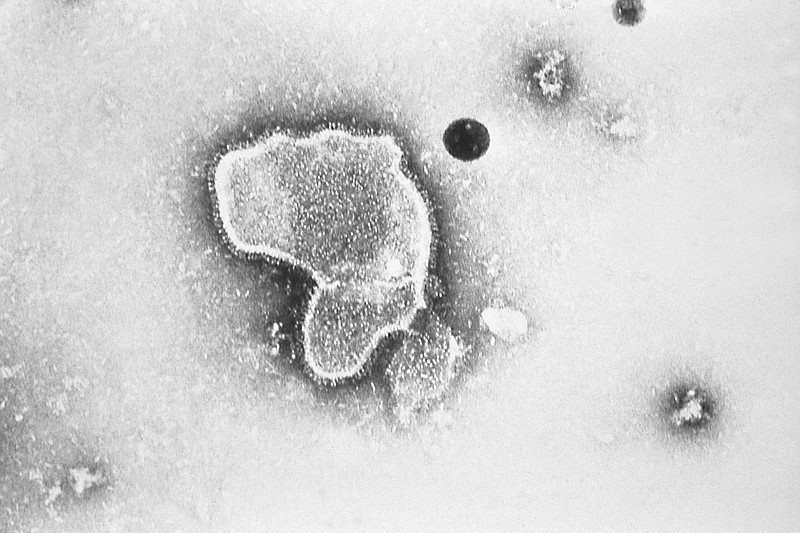After a sharp increase in positive respiratory syncytial virus (RSV) cases in the fall, Missouri has been experiencing a decline in recent weeks.
Data from the Centers for Disease Control and Prevention show that after a record 23.7 percent of total PCR tests administered came back positive in late October, positive cases have since dropped, and continue to drop.
The latest available data from CDC show that, as of Dec. 3, RSV infections in Missouri are down 14 percent from their high point in October and are currently at a 9.7 percent positivity rate out of 3,207 PCR tests administered statewide.
Incomplete data on CDC's website also show the downward trend is likely to continue. An estimated decline of an additional 3.7 percentage points is expected, according to CDC, bringing total cases down to a 6 percent positivity rate out of 1,291 tests administered as of Saturday.
The downward trend of RSV cases in Missouri is confirmed by Lisa Cox, communications director of the Missouri Department of Health and Senior Services.
"Available surveillance data is showing that RSV infections, which started surging in Missouri in late summer, are finally decreasing," Cox said in an email.
RSV is a common respiratory virus that is characterized by mild cold-like symptoms. According to CDC, in the United States, RSV leads to 58,000-80,000 hospitalizations each year and causes up to 300 deaths in children 5 and under. And among adults 65 and older, the virus is responsible for 60,000-120,000 hospitalizations each year and 6,000-10,000 deaths.
As early as May of last year, Missouri started seeing a steep increase of RSV infections, caused by COVID-19 disruptions, reaching a peak around mid-August of 2021 with 23.3 percent of tests returning positive.
According to Cox, these disruptions shifted the usual pattern of RSV, which typically circulates in late fall and early winter, resulting in "off-season waves and higher than usual numbers of illnesses."
Chezney Schulte, communicable disease coordinator for the Cole County Health Department, underscored that point, saying that prior to the pandemic, circulation of the virus was fairly consistent, with RSV cases rising during the fall and peaking in late-December to mid-February.
Like Cox, Schulte confirmed that pandemic-related disruptions altered the typical RSV pattern.
"There was an unseasonable peak of RSV in the early summer," Schulte said.
But while cases in Missouri are down, hospital admissions and RSV-related visits remain high, according to Cox, resulting in strained hospitals and staff.
"Admissions and RSV visits are still high enough to continue stressing health care systems already dealing with other respiratory illnesses as well," Cox said.
In a news release last month, DHSS announced that, much like the rest of the U.S., Missouri was experiencing an increase in respiratory viruses, including COVID-19, influenza and RSV -- also known as the "tripledemic."
"CRMC continues to see a lot of respiratory illness," said Emily Mantle, director of marketing and public relations at Capital Region Medical Center.
"The total number varies from week to week," Mantle added. "In comparison to last year, where COVID-19 was a significant contribution to patients seeking medical attention, this year we're treating respiratory patients with a combination of COVID-19, influenza and RSV diagnoses."
According to CDC, there are currently no approved vaccines against RSV.
For information on symptoms and how to treat RSV, go to www.cdc.gov/rsv/about/symptoms.html.
Related coverage on NewsTribune.com:
Hospitals struggle to cope with surge of respiratory illness

